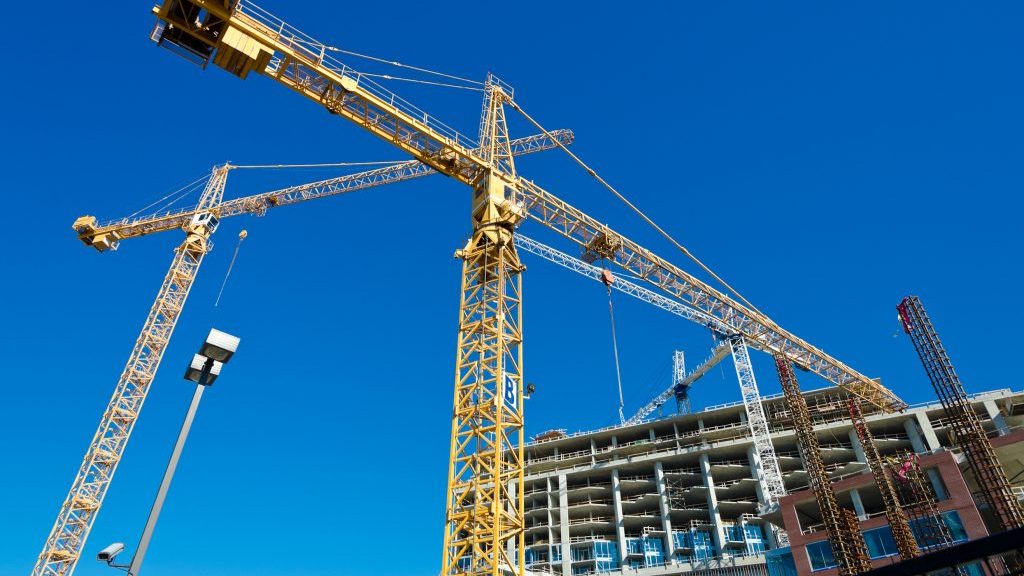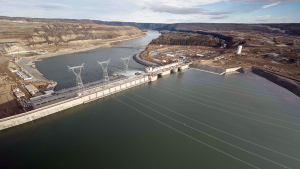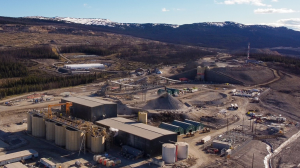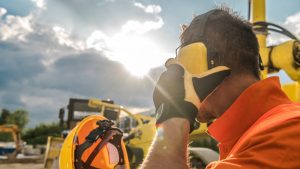British Columbia crane safety stakeholders are working together to push for greater regulation after a series of incidents, with one proposal in the works that covers multiple aspects of tower crane operation and assembly.
Several stakeholders, including representatives from WorkSafeBC, the BC Association for Crane Safety (BC Crane Safety), the International Union of Operating Engineers (IUOE) Local 115 and crane employers met on March 5 to work on a proposed regulation and modification of protocols to better prevent crane incidents like the ones that have occurred across the Lower Mainland over the past two months.
There have been four incidents involving cranes in a matter of months. One incident at the Oakridge development resulted in the death of worker and mother Yuridia Flores. She died on Feb. 21 after a load fell from a crane. Other incidents involved cranes collapsing, with one incident occurring on Jan. 30 in Surrey and another in Burnaby, Jan. 26. The most recent occurred on March 4. WorkSafeBC did not divulge any details about the mishap.
“The labour unions have been calling for mandatory licensing and certification for anyone involved in the assembly, disassembly and repositioning of tower cranes,” said BC Crane Safety executive director Clinton Connell.
“WorkSafeBC has recently completed the pre- and public consultation phases of the Notice of Project – Tower Crane, which will require advance notice of any tower crane installation, dismantling or climbing operations. BC Crane Safety has modified its crane operator registry system to be able to accommodate the assembly community, and any other future mandatory certification types.”
Connell expressed optimism about the meeting and said, “all parties and stakeholders are sitting at the same table to offer input of what types of improvements can be made to address the various issues faced by the industry.”
“I think it was an important first step,” IUOE Local 115 assistant business manager Josh Towsley said.
“Let’s be frank, the industry has lost public confidence and we need to work together to regain it.”
While the March 5th meeting was already scheduled, Connell said more meetings are in the works and “unquestionably there is a new sense of urgency. You cannot have a spate of tower-related incidents and not address what can be done to ensure they don’t continue.”
Towsley cited a number of reasons for the influx of crane incidents, including a lack of enforcement of mandatory certification regulations for tower crane operators and a training regime termed less than robust.
“There isn’t licensing of contractors to assemble and disassemble tower cranes and there isn’t a minimum standard required for someone performing the work of assembly or disassembly. When you combine all of that with an aging workforce where you’re seeing a fair number of retirements and new workers entering the industry, it’s a bad combination,” he said.
Connell echoed Towsley and said each crane incident was “quite different in nature.”
“It’s tough to be more specific in the absence of official investigation results, and we’ll be able to discuss in further detail once they are made available. In the meantime, any improvements to the existing framework are welcome and are up for discussion. These include regulatory changes, increased enforcement, increased training capacity, and more resources being made available to those who work in and around cranes,” he said.
“Each of the incidents that has occurred are slightly different. And we’ll await the results of the investigation so that we can share more details,” WorkSafeBC senior manager of prevention field services Suzana Prpic said, adding crane accidents have become a “huge concern.”
Prpic said the agency is hoping the proposed rule discussed at the meeting would be “in place” this fall, meaning operators would have to notify WorkSafeBC about actions including setting up, repositioning and the dismantling of any tower crane on a worksite.
“It gives us a chance to again review that all of the requirements are in place,” she said. “The safe work procedures, the assignment of supervision in terms of those four key activities, and any other questions at that time can be reviewed with the board officer that would attend the site.”
In the coming weeks WorkSafeBC will convene another meeting with industry and labour to communicate its current and planned initiatives on crane safety and to gather additional perspectives on work that can be done to improve crane safety in B.C., along with its prioritization, a WorkSafeBC statement said.
— With files from The Canadian Press











Recent Comments
comments for this post are closed